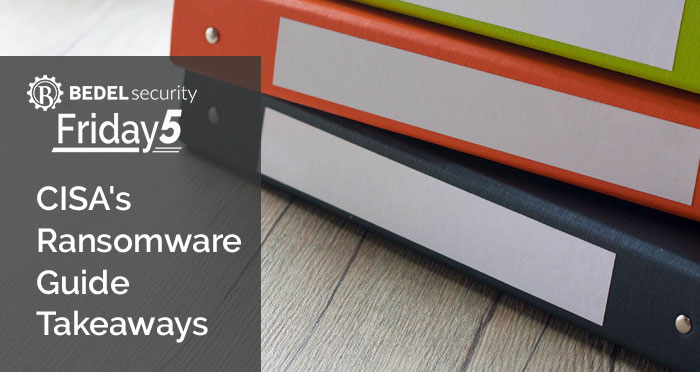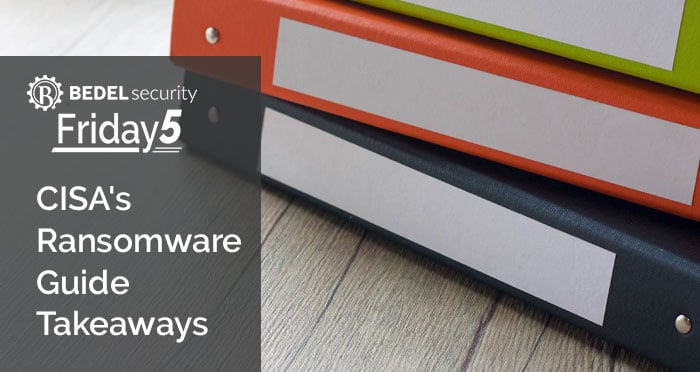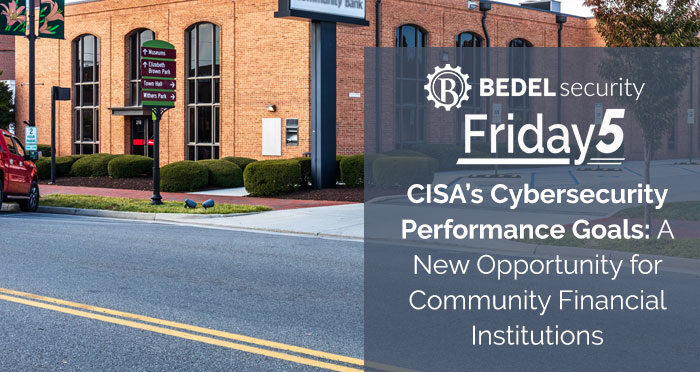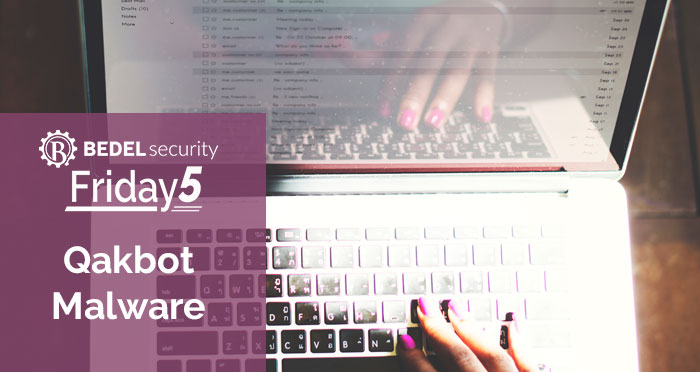CISA’s Cybersecurity Performance Goals: A New Opportunity for Community Financial Institutions
The Cybersecurity and Infrastructure Security Agency (CISA) recently released its Cybersecurity Performance Goals (CPGs) Adoption Report,...


Ransomware has become more common in the past year with the hackers constantly changing tactics, such as moving from infecting backups to deleting them altogether and evolving ransomware variants. Also, the monetary value of ransoms has increased, sometimes in excess of $1 million.
This raises the bar on traditional breaches from mostly reputational risk with moderate financial impact to layer on operational disruptions and extended recovery times. This makes for a really, really bad week, month, or quarter depending on the degree of preparation in place.
To help combat these threats, on September 30, a ransomware guide was released by CISA (Cybersecurity & Infrastructure Security Agency) and MS-ISAC (Multi-State Information Sharing & Analysis Center).
Here are 5 takeaways from this guide on how to protect your systems from ransomware.
Also, have images on hand of any key systems, such as critical servers (operating systems and files) and applications in case they need to be rebuilt. If rebuilding the system is not an option, have backup hardware that is as close as possible to the current versions. Any newer or older systems may be incompatible with your current images and cause additional headaches onto that really bad day.
If you need help determining how to manage these risks, driving progress to remediate your systems, or have any questions, please contact us as support@bedelsecurity.com.
The Virtual CISO Whitepaper
https://www.bedelsecurity.com/the-virtual-ciso-whitepaper
5 Key Ransomware Controls
https://www.bedelsecurity.com/blog/5-key-ransomware-controls

The Cybersecurity and Infrastructure Security Agency (CISA) recently released its Cybersecurity Performance Goals (CPGs) Adoption Report,...

After spending some time this week helping our customers with ransomware preparation, I found a statement on the FBI’s website that would be a great...

Qakbot (also known as Quakbot or Qbot) is a malware strain that has been used to attack financial institutions since 2008. It’s primary target is...